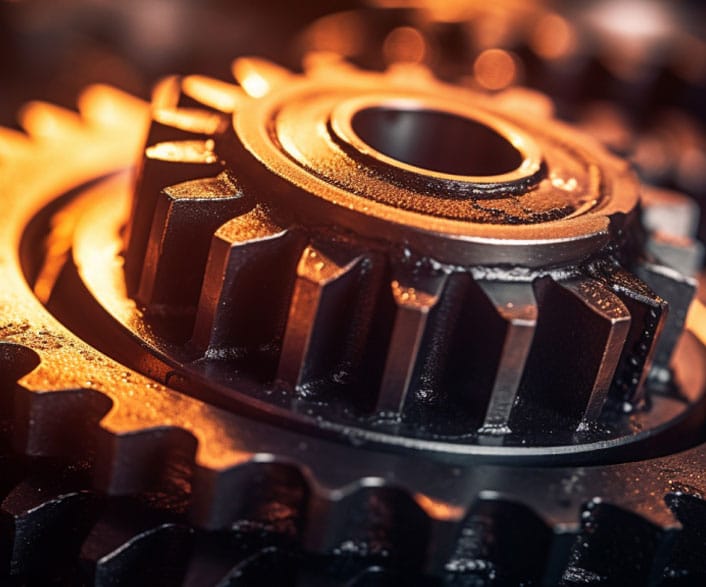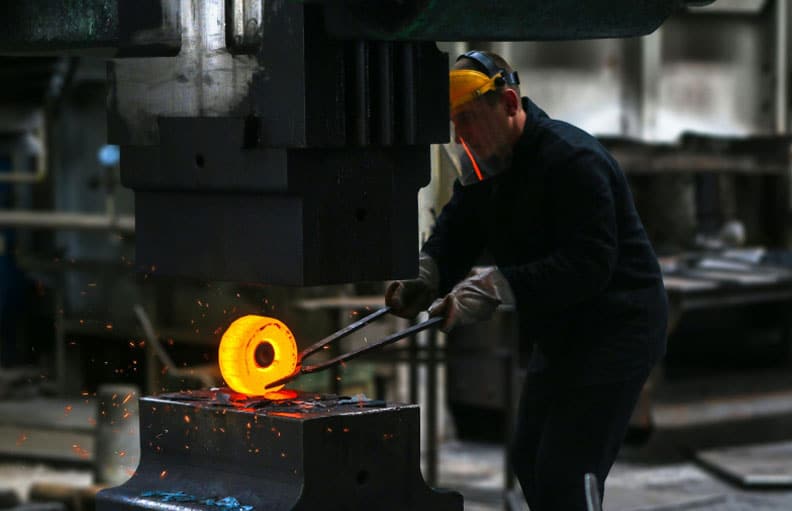



Age hardening, also known as precipitation hardening, is a heat treatment process that enhances the strength and hardness of metal components by forming precipitates within the material’s microstructure.
This process involves carefully controlled steps, including solution treatment, quenching, and aging. Age hardening is commonly used for alloys that can form precipitates upon cooling from a high-temperature solution.
The age hardening process begins with the solution treatment, where the alloy is heated to a high temperature to dissolve any existing precipitates. This allows for the uniform distribution of alloying elements throughout the material.
After the solution treatment, the alloy is rapidly quenched to room temperature to freeze the microstructure in a supersaturated solid solution state. This step prevents the formation of large, coarse precipitates and promotes the formation of fine, uniformly dispersed precipitates.

The quenched alloy is then subjected to a specific aging process. This process involves heating the material at a lower temperature for a precise period, allowing the formation and growth of fine precipitates.
Age hardening significantly increases the strength and hardness of metal components. The formation of fine precipitates within the microstructure obstructs dislocation movement and hinders grain growth, resulting in improved mechanical properties. Age-hardened materials exhibit enhanced resistance to deformation, wear, and fatigue.
This process improves the dimensional stability of metal components. The controlled formation of precipitates and the resulting fine-grained microstructure minimize the potential for dimensional changes during subsequent processing or service conditions. This ensures that the component maintains its intended shape and dimensions over time.
One significant benefit of age hardening is the ability to tailor the material’s mechanical properties. By adjusting the aging temperature and duration, the size and distribution of precipitates can be optimized, leading to customized material properties. This flexibility allows you to create components with specific strength, hardness, and toughness requirements.
Nickel-based alloys, including Inconel and Monel, are frequently subjected to age hardening. These alloys offer excellent high-temperature strength and corrosion resistance. Age hardening enhances these properties, making them suitable for aerospace, chemical processing, and power generation applications.
Certain stainless steels, such as the PH (precipitation-hardening) grades, can undergo age hardening. These alloys are known for their excellent strength, corrosion resistance, and toughness. Age-hardened stainless steels find applications in the oil and gas, medical, and aerospace industries, where high performance and reliability are critical.